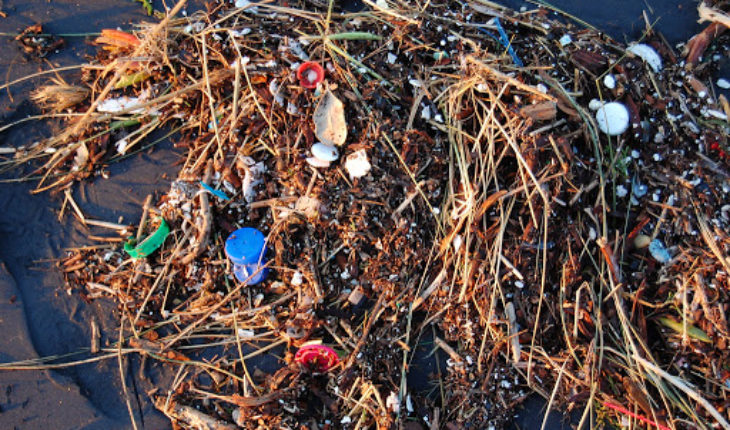The problems generated by plastic production are not A surprise for no one. About one million PET bottles-polyethylene terephthalate-per minute are sold around the globe, of which huge amounts end up in the oceans. With 9% of the world’s recycled plastic production, plastic fragments are likely to end up contributing to the deaths of more than 100,000 marine mammals and 1 million birds each year.
However, a not-so-explored edge of plastic contamination is the effect of polymer-based materials on microorganisms. According to a new study by researchers at the University of Macquiarie, plastic waste ending in the ocean would also affect Prochlorococcus, a small bacterium that contributes to the production of oxygen in the ocean as well as outside it.
“These small microorganisms are critical to the marine food chain. They contribute to the carbon cycle and are thought to be responsible for 10% of global oxygen production, “says Lisa Moore, Ph.D. in Environmental Engineering and co-author of the research, explaining the fundamental importance of these microbes for Marine Health. “So one out of ten oxygen breaths from all of us are thanks to these little ones. And yet we know almost nothing about marine bacteria, for example, how Prochlorococcus responds to marine contaminants. ”
Prochlorococcus is the organism that makes photosynthesis more populous of the Earth, with about three octillones of individuals. “We found that exposure to leach chemicals from plastic contamination intervenes with the growth, photosynthesis and oxygen production of the Prochlorococcus,” says leading author and researcher Dr. Sasha Tetu, who refers to Leaching to the process by which the microplastic is broken down by the constant penetration of the water into its molecules. “Now we’d like to explore whether plastic pollution is having the same impact on these microbes in the ocean.”
This pollution can lead to several chemical additives in marine environments, but unlike the threat of animal ingestion or tangled in plastic threads, this threat has had little attention, in the words of Lisa Moore.
In the first study of its kind, researchers looked at the effects of these chemicals on the smaller life forms of the oceans, photosynthetic marine bacterium. “We look at a small group of green bacteria called Prochlorococcus-which is the most abundant photosynthetic organism on earth, with a global population of about three octillones of individuals,” says Sacha
In the laboratory, the team exhibited two Prochlorococcus chains found in different depths of the oceans to leached chemicals from two common plastic products-plastic bags and PVC rugs.
They found that exposure to these chemicals prevented the growth and functioning of these microbes, while altering the expression of an important part of their genes. “Our information showed that plastic pollution may have expanded environmental impacts beyond the well-known effects of large animals, such as birds and turtles,” says Sasha.
“If we really want to understand the total impact of plastic pollution on marine environments and find ways to mitigate it, we need to consider the impact in groups of key microbes, including photosynthetics.”
translated from Spanish: Plastic pollution damages bacteria that produce oxygen
May 25, 2019 |





